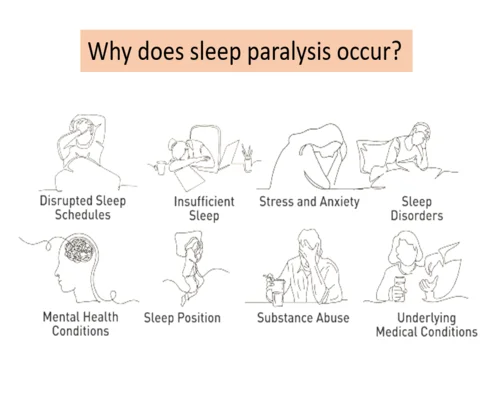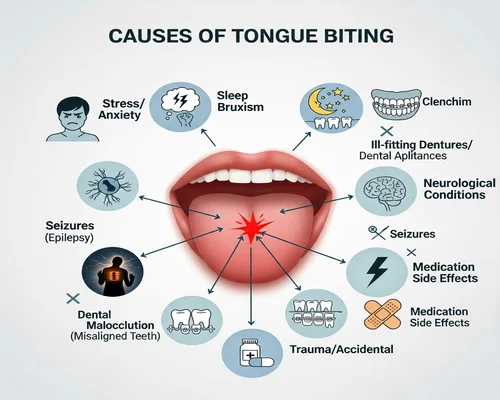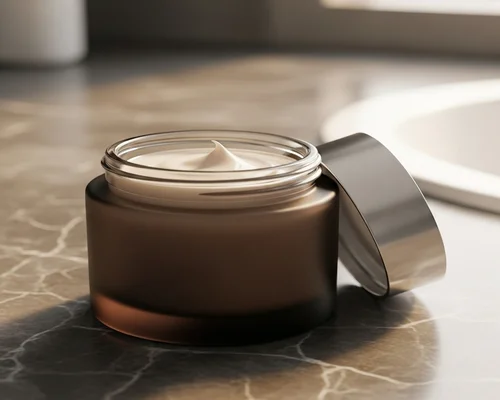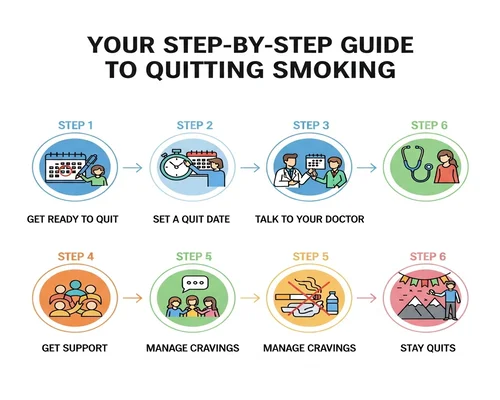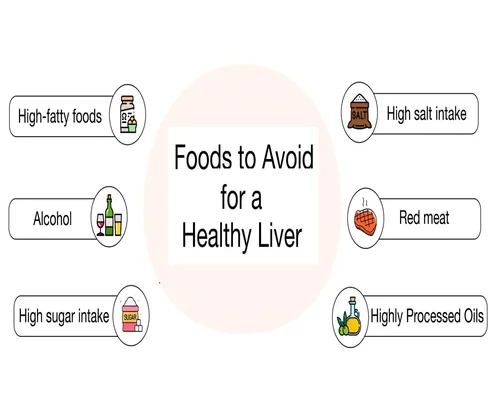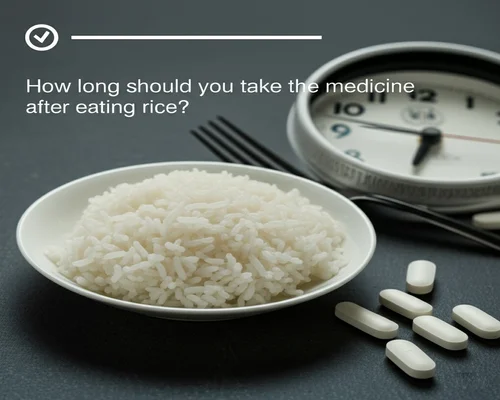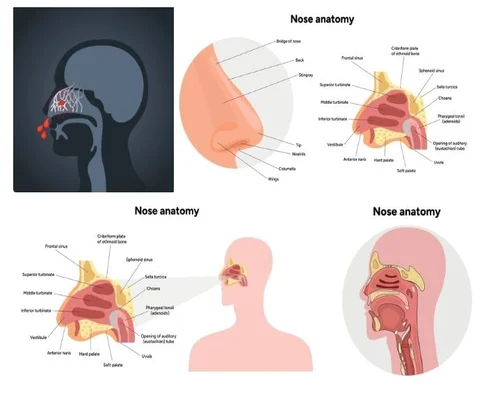.webp)
Dermatitis on the face: what you should do
Who does not want a beautiful perfect look. If both the beauty and beauty of the face are damaged due to various skin diseases, then there is no peace of mind in the life of the sufferer. So let us discuss what skin diseases can appear on the face and how to treat them by looking at the symptoms.
First let us discuss the problem of red face. In some cases, it can be seen that the cheeks, nose, sometimes forehead and chin become red due to the use of various fragrances and perfumes in hot weather or environment or during pregnancy. This type of condition may persist for minutes to hours or longer. After that, however, the situation may improve.
However, some redness may remain in the face. In some cases, the damaging effects of sunlight can damage collagen tissue, resulting in visible fine blood vessels in the skin of the face.
Prevention should be emphasized to resolve such redness or flushing problem. That is to avoid all the conditions that can cause such problems. The role of drugs in such problems is very insignificant. In this case, the condition of the face can be covered by the use of cosmetics. In all these cases, facial sweating may be profuse and such conditions may be short-lived, severe, and recurrent. It will seem as if hot steam is coming out of the face.
The replacement role of the female sex hormone estrogen is effective in such problems of appearance. There is another type of facial redness that occurs in middle age and is more common in women than in men. In medical terms, this problem is called rosacea. The symptoms of such problems are red pimple-like bumps and rashes on the forehead, cheeks, chin and nose. In this case, the color of the face looks red and bright. Burning, itching, cutting sensation, wound-like pain are the main symptoms of this disease.
There are some factors that increase the severity of this disease. These include emotional stress, sunlight, hot weather, hot drinks and abuse of steroid ointments. If such a problem occurs, the use of steroid ointment should be stopped and antibiotic drugs such as tetracycline should be started. Antibiotics that are more effective in this disease are tetracycline, erythromycin etc. Metronidazole is also effective. This medicine can be used locally. Steroid-like drugs may result in reddening of the upper cheeks after a few weeks of use. Especially if more than 10 mg of prednisolone tablets are taken daily, such problems may occur after a few weeks of taking them. In addition, the use of steroid ointment can also cause reddening of the face. The higher the dose of steroids used, the greater the problem of redness.
Treatment:
Steroid ointment should be discontinued for redness. Antibiotics should be taken. Many times it is seen that the use of steroids only results in acne-like breakouts around the face. In medical terms, it is called seborrheic dermatitis. As a result of this disease, swelling can be seen immediately on any side of the face or on the cheeks. Along with the condition of white dead skin. There may also be oozing from the affected area. Especially if infection occurs later. As the disease gets older, the severity decreases. However, redness can be seen in the eyebrows, ears and the side lines of the nose and the edges of the eyelids. There may also be itching symptoms.
Treatment:
Antibiotics such as tetracycline or flucloxacin should be used if there is an acute infection. A steroid ointment may be used after the facial skin is dry. However, steroid ointment works well when mixed with antibiotics.
Facial Contact Eczema:
Facial contact eczema usually occurs on the eyelids, cheeks, or throat. Symptoms are intense itching with a red and white scaly skin condition. Sometimes this happens suddenly. However, in the acute stage of the disease, the eyelids swell and a rash-like condition appears on the surface of the skin. Contact eczema has several causes. Exposure to substances such as nickel, nail varnish, perfumes, cosmetics, flowers, etc. can cause eczema on the face.
Treatment:
Topical steroid ointment may improve the condition and should be continued until the condition improves. Moreover, depending on the severity of the disease, steroid drugs can also be taken orally.
Psoriasis:
This skin disease can occur anywhere on the body but rarely on the face. Lupus erythematosus can cause facial symptoms. This disease is twofold. One is called DLE. They are light, bluish red, thick, palpable. These spots are seen on the face especially on the cheeks, nose and chin. On the other hand, white spots like red dead cells as well as lesions are obvious, hard and very adherent to the skin. And in SLE, more extensive blue-red spots on the cheeks and nose look like butterflies. Such conditions are also seen in scaly eczema. Both types of lupus erythromatosis are aggravated by sunlight.
Treatment:
Strong steroid ointments are used and chloroquine tablets are also taken. However, the use of chloroquine requires occasional eye examinations. On the other hand, SLE requires oral steroid ointment.
The skin of the face can be infected by bacteria called streptococcus. In medical language it is called erysipelas. In this case, the face will be red and painful spots will be seen on the cheeks. Rarely, these cases may cause blisters or sores. All these infections can be treated with antibiotics like penicillin.
-----
tags-atopic dermatitis, dermatitis, perioral dermatitis, seborrheic dermatitis, what is seborrheic dermatitis, contact dermatitis, how to clear seborrheic dermatitis on the face, eczema on face, seborrheic dermatitis treatment, dermatitis on face, atopic dermatitis on face, contact dermatitis on face, atopic dermatitis treatment, irritant contact dermatitis on face, eczema on face treatment, how to treat eczema on the face, what is atopic dermatitis, eczema on the face




